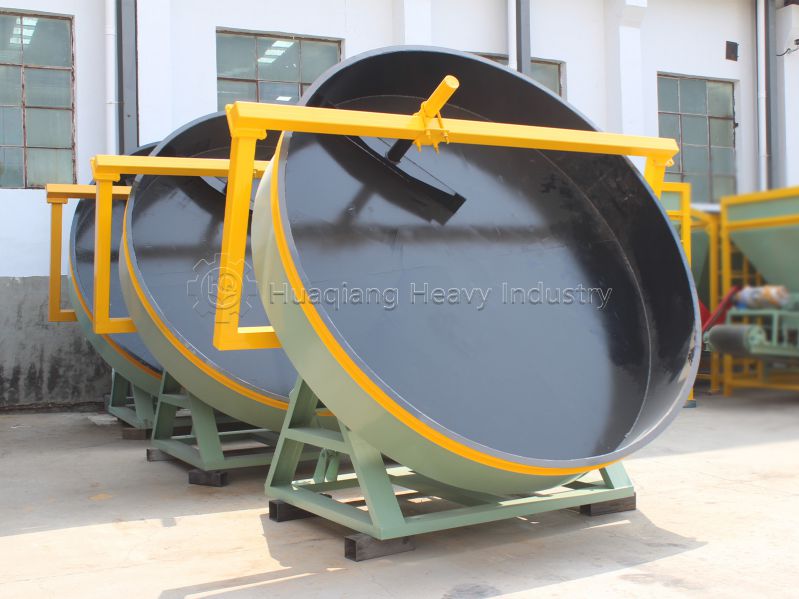Walk into a modern fertilizer production plant and you’ll often see a constantly rotating “large disc”—that’s the disc granulator, which has recently gained popularity. Unlike traditional equipment, it efficiently granulates fertilizer. Combined with a suite of other equipment, it easily solves many challenges in fertilizer production, making it the preferred choice for many manufacturers.

The disc granulator’s unique strength lies in its operational details. When the mixed powdered raw materials (whether humus for organic fertilizer or mineral powder for compound fertilizer) enter the inclined disc, the disc slowly rotates and granulates the raw materials.Under the influence of a gentle water spray, the raw materials gradually gather into granules like a snowball. Its advantages are clear: a high granulation rate and virtually no waste. The rotation speed and tilt angle can be flexibly adjusted, allowing production of fine granules as small as 2 mm and slow-release granules larger than 5 mm, tailored to the fertilization needs of different crops. Furthermore, its simple structure requires only cleaning the inner surface of the disc, significantly reducing downtime.
However, disc granulators alone are not enough to produce quality fertilizer. In the raw material stage, a pulverizer can grind large organic waste materials such as dead branches and distiller’s grains into a uniform powder, preventing impurities from affecting pellet quality.During the mixing process, a double axis mixer acts like a skilled hand, blending raw materials like nitrogen, phosphorus, and potassium with organic matter for a thorough and uniform blend, ensuring consistent nutrient content in each fertilizer pellet. After granulation, a rotary screener machine acts as a sorter, removing oversized and undersized pellets for reprocessing. Finally, a cooler cools the warm pellets for subsequent packaging and storage. These devices, combined with the disc granulator, enable seamless fertilizer production from raw materials to finished product.





